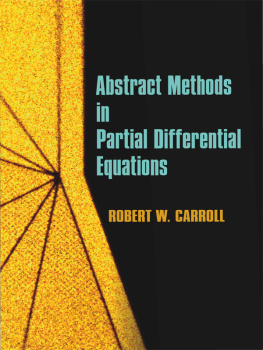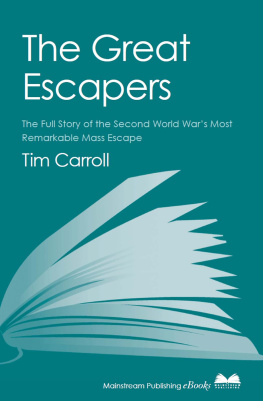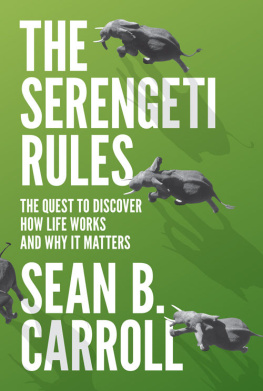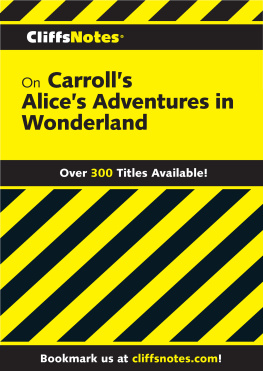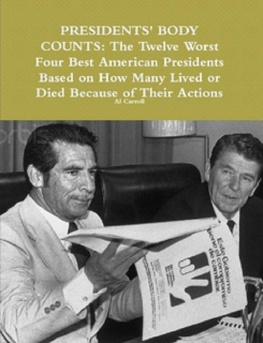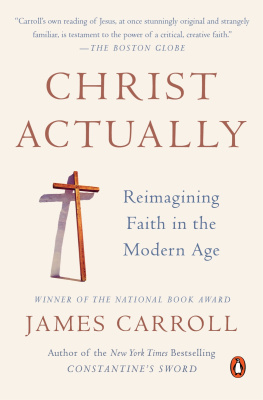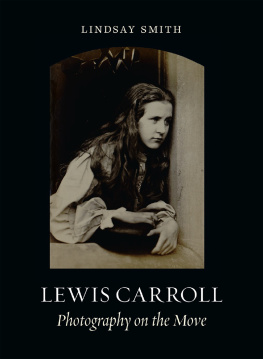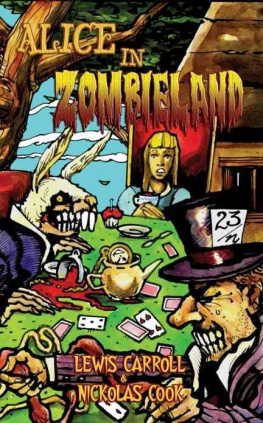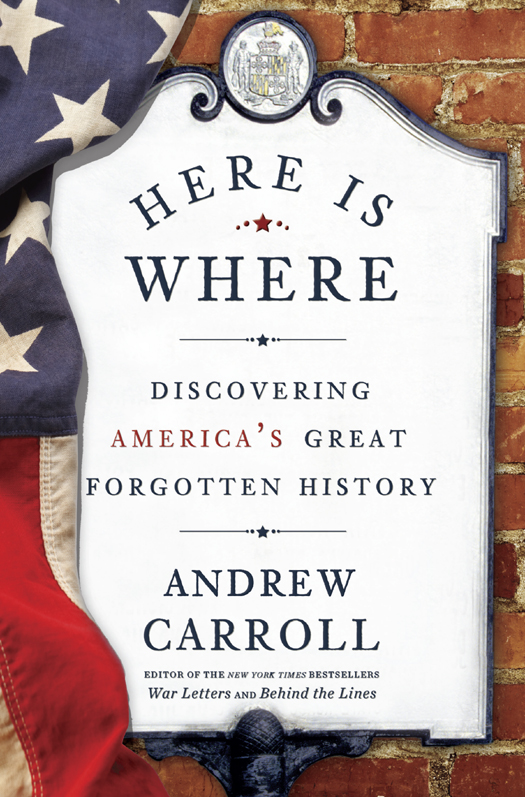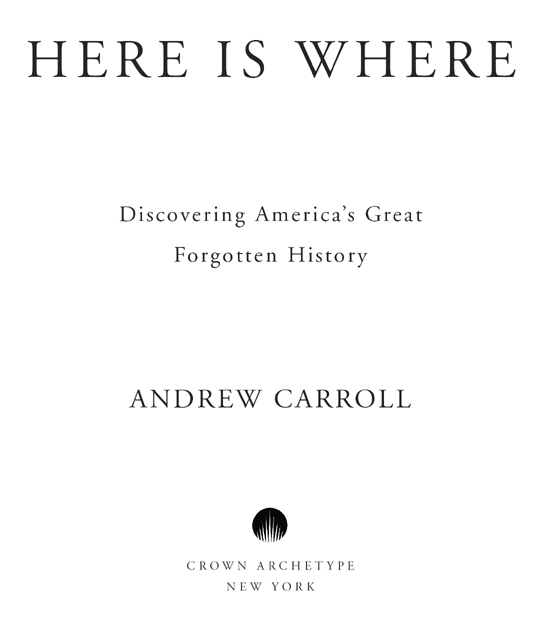MORE PRAISE FOR
HERE IS WHERE
Here Is Where is remarkable for the painstaking research on display and its yield of rescued-from-obscurity stories. Many of the true incidents Andrew Carroll has uncovered arent just surprising but powerful. Others are simply laugh-out-loud funny, but all are described with considerable skill. America has always had among its citizenry a number of individuals whose legacy is immense but unappreciated, and Carroll has truly done them justice.
Steven Pressfield, bestselling author of Gates of Fire, Tides of War, and Killing Rommel
Both a fascinating excavation of underappreciated events and agents and a compelling analysis of what binds us together, Here Is Where makes for rich and vivid reading. It seems to me that Andrew Carroll has become the Charles Kuralt of American history.
Les Standiford, bestselling author of Desperate Sons and Last Train to Paradise
In Here Is Where, one of our best historian-sleuths, Andrew Carroll, has given us a fresh and irresistible approach to experiencing history. Until someone invents a time machine, its the next best thing to being thereand hes such a vivid, engaging writer that its probably more fun.
James Donovan, author of A Terrible Glory and The Blood of Heroes
Writing with a historians insight and the skill of a master storyteller, Andrew Carroll reminds us to look for the fascinating bits of history that lie just behind the curtains of our modern surroundings. Here Is Where is a captivating, thoroughly enjoyable journey across the country with a friend who knows all the cool places to stop and have a look.
Gregory A. Freeman, author of The Last Mission of the Wham Bam Boys and The Forgotten 500
Copyright 2013 by Andrew Carroll
All rights reserved.
Published in the United States by Crown Archetype, an imprint of the Crown
Publishing Group, a division of Random House, Inc., New York.
www.crownpublishing.com
Crown Archetype with colophon is a trademark of Random House, Inc.
Library of Congress Cataloging-in-Publication Data is available upon request.
eISBN: 978-0-307-46399-9
Jacket design by Jessie Sayward Bright
Jacket photograph: David Bassett/Getty Images
v3.1
The mind is not a vessel to be filled,
but a fire to be kindled.
From On Listening to Lectures by Plutarch
To Andrew Delbanco, John Elko, Robert Herman,
David Kastan, Victoria Silver, Arnold Rampersad,
Neal Tonken, and Ellis Turner
the teachers and professors in my life who lit the fire.
CONTENTS
I. WHERE TO BEGIN
Starting Points
II. THE WORLD BEFORE US
Coming to, Exploring, and Conserving America
III. THIS LAND IS MY LAND
The Dark Side of Expansion and Growth
IV. LANDMARK CASES
Crimes and Lawsuits That Changed the Nation
V. SPARKS
Inventions and Technological Advancements
VI. BITTER PILLS AND MIRACLE CURES
Medical Pioneers and Discoveries
VII. BURIAL PLOTS
Forgotten Graves, Cemeteries, and Stories About the Dead
VIII. ALL IS NOT LOST
Finding and Preserving History
INTRODUCTION
THE EXCHANGE PLACE
No, Cassius, for the eye sees not itself
But by reflection, by some other things.
Brutus, in Shakespeares Julius Caesar
HERE IS WHERE it all began: the Exchange Place PATH station in Jersey City, New Jersey, just across the Hudson River from Manhattan. This is the spot that sparked my almost compulsive desire to seek out unmarked history sites throughout the country. Its been fifteen years since I first read about what happened here a century and a half ago, and while in New York visiting family I thought Id subway over from Manhattan and finally see the place for myself.
During the Civil War, the New Jersey Railroad Company ran trains through here, and one night in 1863 or 64 (the exact date isnt known) a young man fell between the loading platform and a Washington, D.C.bound train. Just as the steam-powered locomotive began to lurch forward, potentially crushing the man to death under its massive wheels, a bystander rushed over and pulled him to safety. The man in peril was Robert Todd Lincoln, the presidents eldest son. His quick-thinking rescuer was the prominent Shakespearean actor Edwin Booth, brother of John Wilkes Booth. Robert and Edwin had never met, and theres no indication that they ever saw or communicated with each other again. Nor does it seem that the story made its way to President Lincoln himself. He and Mary had already buried two other sons: three-year-old Eddie, who succumbed to tuberculosis in 1850, and eleven-year-old Willie, who died in the White House on February 20, 1862, from typhoid fever. The couple was still grief-stricken from Willies death, and a third loss might have proved emotionally incapacitating. Mary had all but physically barred Robert Todd from fighting in the war and, after he enlisted, made certain he landed a desk job on General Ulysses S. Grants staff.
I dont remember exactly where I first heard about the Exchange Place story, but I do recall thinking, initially, that it must have been apocryphal. Perhaps the two men had bumped into each other on the train platform and exchanged a few cordial words, and then over the years this brief encounter blossomed into the sensationally ironic tale of how a Booth had saved the life of a Lincoln not long before Edwins younger brother assassinated Roberts father. Or maybe Robert had indeed fallen onto some railroad tracks and Edwin was at the station but only as a witness while another man swiftly came to Roberts aid. The possibility that their lives had intersected in the dramatic manner Id read about seemed far-fetched.
Except that the story turned out to be true. Robert Todd Lincoln himself described the episode in a February 1909 letter to Richard Watson Gilder, editor of The Century Magazine. The incident occurred while a group of passengers were late at night purchasing their sleeping car places from the conductor who stood on the station platform at the entrance of the car, Lincoln explained.
The platform was about the height of the car floor, and there was of course a narrow space between the platform and the car body. There was some crowding, and I happened to be pressed by it against the car body while waiting my turn. In this situation the train began to move, and by the motion I was twisted off my feet, and had dropped somewhat, with feet downward, into the open space, and was personally helpless, when my coat collar was vigorously seized and I was quickly pulled up and out to a secure footing on the platform. Upon turning to thank my rescuer I saw it was Edwin Booth, whose face was of course well known to me, and I expressed my gratitude to him, and in doing so, called him by name.
What especially intrigued me when I first read this was the possibility that, if the station were still active, each day thousands of commuters, tourists, and other travelers would wait for their trains near the very spot where this extraordinary encounter had occurredand would probably be unaware of it. I started to wonder what other great unmarked sites are all around us that we pass by or walk over every day.


